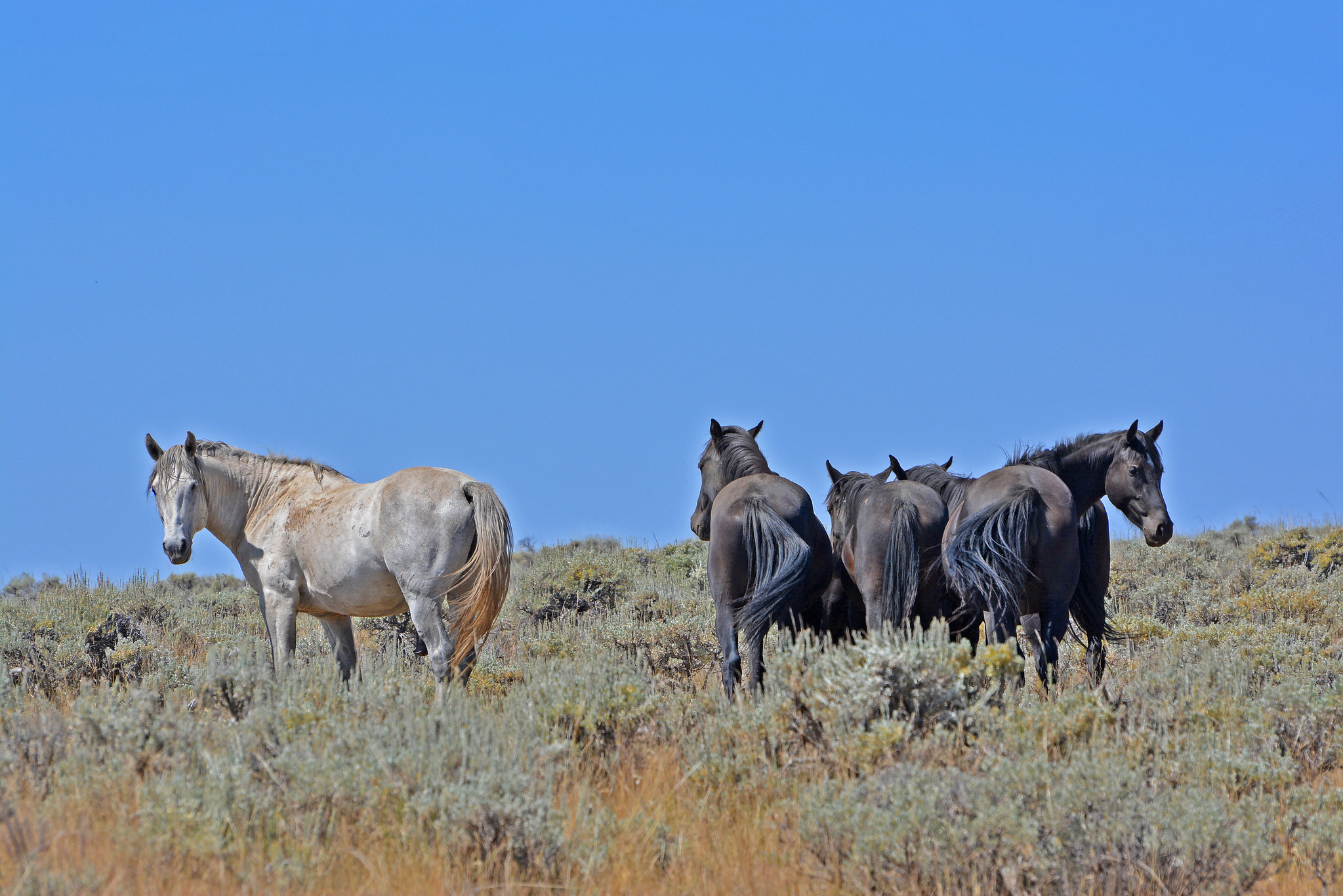Feds Planning to Gather Whole Herds of Free-Roaming Horses in Checkerboard Region of Wyoming

The Bureau of Land Management is seeking public comment for its plan to gather and remove more than 3,000 wild horses from a checkerboarded region of Wyoming that covers around 2 million acres. Those roundups would start in July, and they would be the first step toward permanently removing two herds and a portion of a third herd in the southwestern part of the state near Rock Springs.
The roundups could be delayed, however, as the legal battle over Southwest Wyoming’s free-roaming horse herds goes back more than a decade. The BLM now finds itself trying to balance conflicting mandates for wild horse management while simultaneously defending its plan from legal challenges.
The updated plan for the BLM’s Rock Springs and Rawlings Field Offices was first announced by the agency in a 2023 Record of Decision. In that announcement, the agency said the amended plan was spurred by a 2013 settlement with a local grazing group, and that it sought to resolve conflicts between public and private land sections within the checkerboarded area.
The key amendments to the plan focused on four Herd Management Areas that fall within the checkerboard and are overseen by the two field offices. HMAs are designated areas where the BLM tries to manage a sustainable number of horses and burros while keeping rangelands healthy for other uses, like recreation and grazing.
Under the new plan, the Salt Wells Creek and Great Divide Basin HMAs would be eliminated and managed for zero horses going forward. The Adobe Town HMA would be allowed to persist, but with a much smaller population goal of around 225 to 450 horses. Because of the current populations of the three HMAs — around 1,125 in Salt Wells Creek, 737 in Great Divide Basin, and 2,438 in Adobe Town — meeting these goals would require the removal of an estimated 3,371 horses over a period of several years.
The new plan also mentions the White Mountain HMA, which would be managed as a “non-reproducing” herd going forward, with a target population of 205 wild horses.
A coalition of wild-horse advocacy groups filed two lawsuits against the BLM in response to its 2023 ROD. A U.S. District Court Judge ruled in the BLM’s favor in August 2024, but the groups appealed that decision. Their appeal is still pending in the 10th Circuit Court of Appeals, according to WyoFile.
“This is just the latest lawsuit in a 12 or more year legal battle to save these horses. We’ve litigated four or five times about this issue,” Suzanne Roy, executive director of American Wild Horse, told the Wyoming news outlet Tuesday. Roy said she was optimistic about their appeal, since they “have prevailed in the 10th Circuit previously on this issue.”
Roy added that if the BLM’s plan does move forward, it would be the first time the agency removed wild horses or burros from a landscape without demonstrating ecological reasons for the roundups. (Competition with native wildlife, damages to vegetation, and other negative impacts to local ecosystems are often cited as the primary reasons for removing the non-native grazers.) She claimed it could also set a dangerous precedent across the West by allowing private landowners to dictate the presence of free-roaming horses on a shared landscape.
The BLM did not immediately respond to a request for comment in response to Roy’s claims or to confirm other details about its plans.
Conflicting Interests in the Checkerboard
Wild horse management is inherently controversial in the West. But the “issue” that Roy alludes to is complicated further by the unique checkerboard landscape in Southwest Wyoming, where public and private parcels interlock in a checkerboard pattern, and by the BLM’s conflicting management mandates under the 1971 Wild Free-Roaming Horses and Burro Act.
Section 3 of the Act directs the BLM to protect and properly manage wild, free-roaming horses and burros on public lands where they were present at the time the Act became law. While Section 4 requires the BLM to remove wild, free-roaming horses and burros that stray onto private land at the landowner’s request.
“This dual mandate is difficult to implement in the checkerboard where every other section of land is private, and wild horses constantly drift between private and public land,” the BLM explained in the ROD.
Read Next: Beasts of Burden: Wild Horses and Burros Are Dying Hard Deaths in the West
In the past, the BLM was able to manage wild horses on the aforementioned HMAs because the Rock Springs Grazing Association allowed the horses to be there. As the largest private landowner in the checkerboard area, the local ranching group consented to the presence of up to 500 horses when the HMAs were first established. But in 2010, the RSGA withdrew that consent, citing the unchecked growth of horse populations as the primary reason, according to the BLM.
The RSGA subsequently sued the agency in 2011 for failing to remove the wild horses quickly enough. This led to a 2013 settlement, or “consent decree,” requiring the BLM to amend its management plan within the checkerboard, which spurred the creation of the current plan that is now accepting public comment. That comment period closes April 30.
Read the full article here





